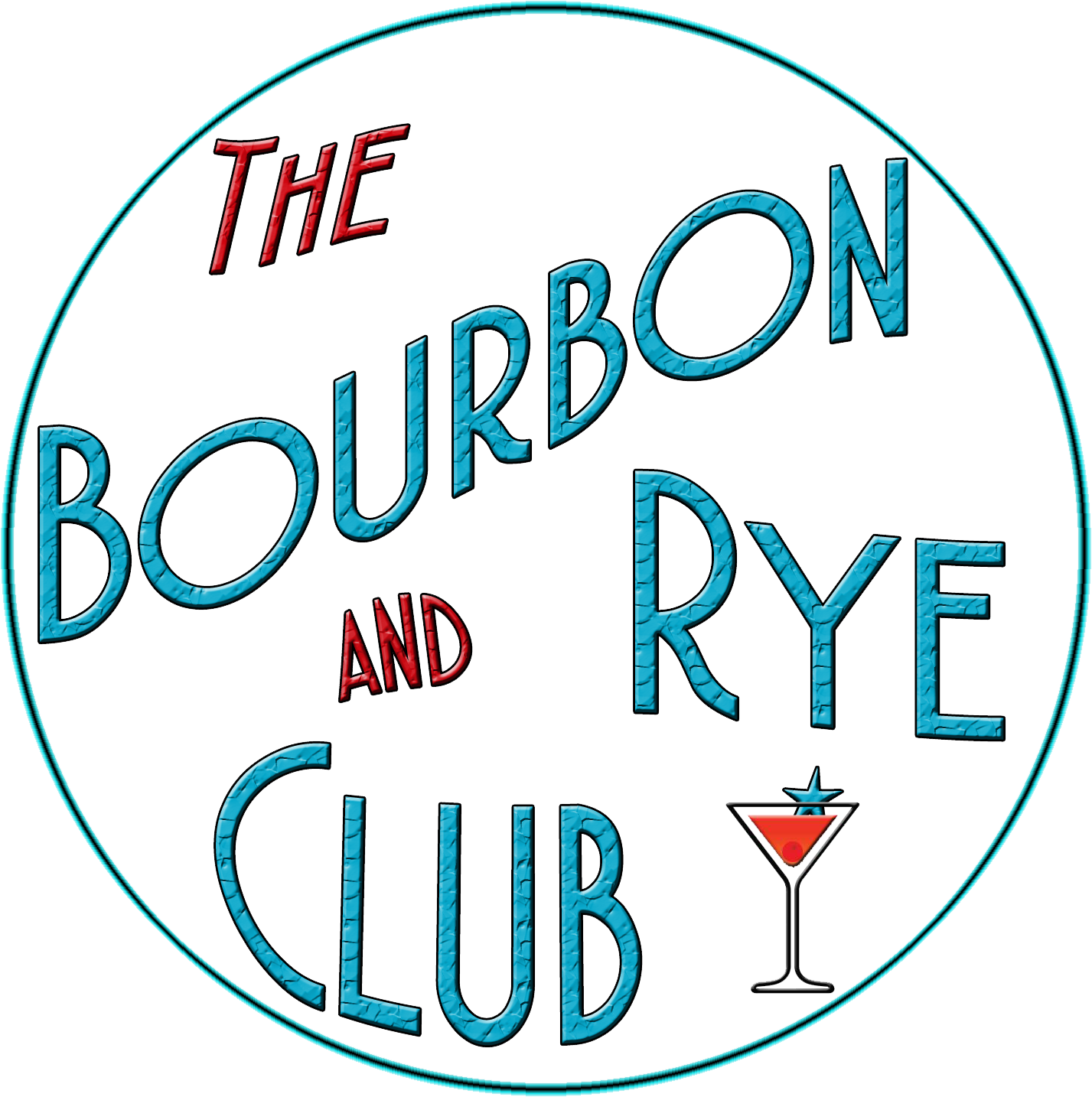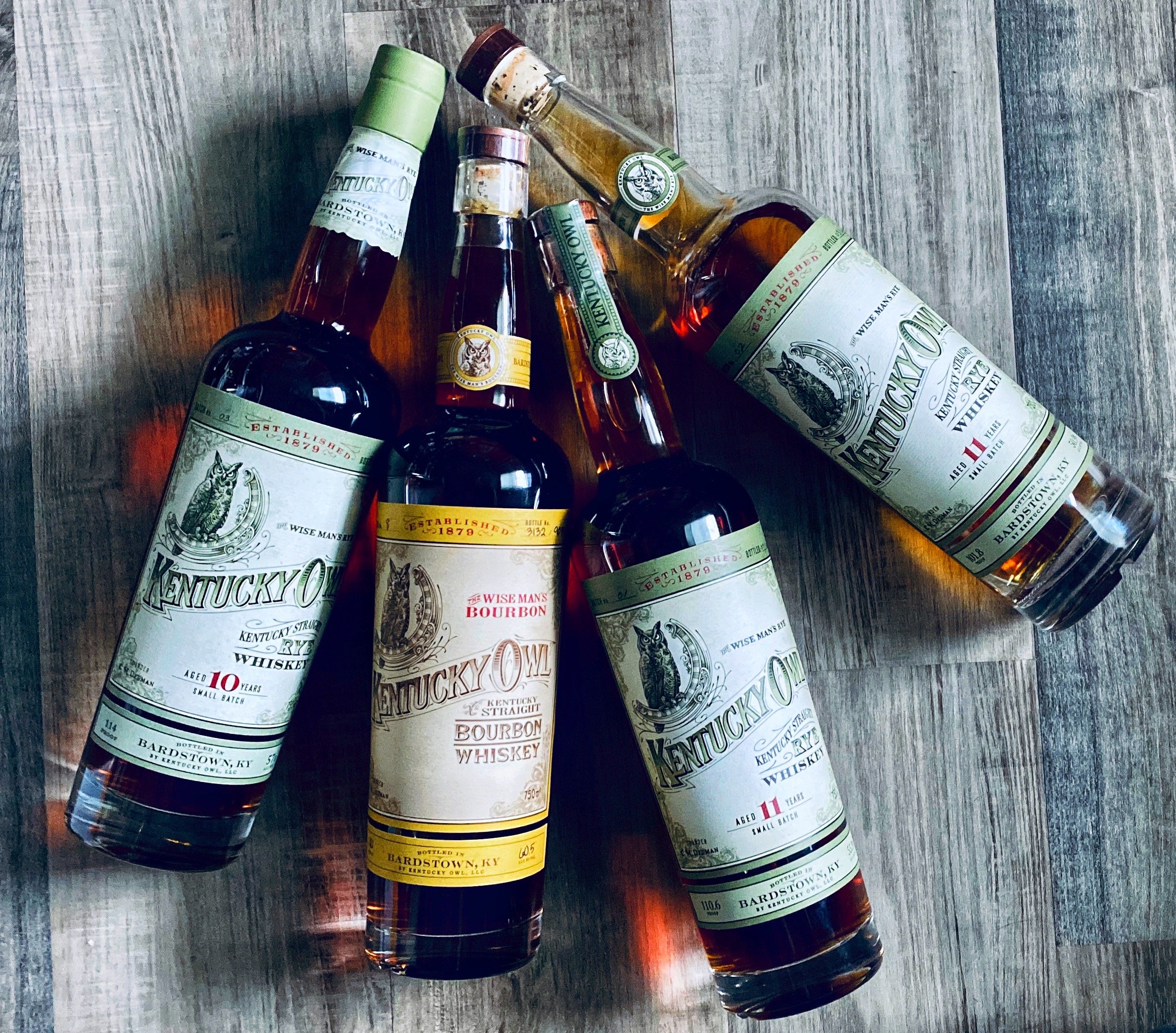A Look back at Kentucky Owl Rye
Kentucky Owl. The name immediately divides whiskey snobs into two camps: one that is effusive in its praise (the camp I find myself in), or one populated with price averse detractors. It was originally built as a small ultra-premium brand at a time where there weren’t a lot of players in that category. It began with some expertly blended higher-aged bourbons out of Kentucky that quickly gained fame for being so got damned expensive, and for being a got damned awesome bourbon. It didn’t hurt that it had a stunningly gorgeous label, an actual backstory (a family company brought back from the dead), and a really cool founder- Dixon Dedman.
Before we get too far into it, let’s take a step back. Rye whiskey continues to be an enormous growth category in the whiskey world. That’s a fact. What’s also a fact is that it’s still the Mac computer of the whiskey world, superior to bourbon in almost every way (unless you really love sweets), yet it owns less than 10% of the North American market share. To the folks that resist the rye category I quote the BORG from Star Trek the Next Generation, “Resistance is futile.” This post will attempt to offer an explanation of how it broke down my resistance to a once despised flavor. Along the way, we’ll touch briefly on the brand falling from glory due to the inevitable bad corporate decision making.
Yes, we know this is batch 3 rye, and batch 8 bourbon, we liked the picture, sue us.
I had not had the good fortune to acquire any of the Owl bourbons when they initially came out (my first was batch 7), but I did have a sample generously gifted from a fellow whiskey fan, I knew on first sip I was dealing with a quality blend. When it was announced that Kentucky Owl would be releasing their first ever batch of Rye whiskey in early 2018, and that it would be an 11 year age statement, I knew what I had to do- acquire one at any cost. Remember this readers, when this was announced, rye whiskey was just beginning to emerge from its pit of sadness. There were not many aged Kentucky ryes on the market, and some of the only readily available older ryes of any source were coming from WhistlePig. Keep in mind, Willett had just released their first home distilled 4-year-old rye around this time, and one of the best at this stage was the barely older 6-year-old Pikesville out of Heaven Hill.
When Batch 1 of Kentucky Owl rye was released, it came with enormous expectations (mostly from me) as I had developed my palate during the golden age of rye whiskey. Rittenhouse was putting out 20+ year old releases, Black Maple Hill had their 18-year-old and others, Willett their vintage series, the Japanese exports, and the incredible Van Winkle Family Reserve…. These things weren’t just findable, they were affordable compared to todays pricing structures (yes, even adjusted for inflation). These were standards in any respectable whiskey bar or restaurant. Ah the days of getting a 13 year Van Winkle Family Reserve Manhattan at Bobby Flay’s Mesa Grill in Las Vegas…. for $13.
I’ll bet we’d all pay $139 for something like this today without an emo-cry-cry sesh. Probably.
Living in California at the time, I was blessed to pretty much get everything in market that was ever going to be released by just about any distillery no matter how big or small. It was a wonderland of choices. While I’d missed the Kentucky Owl bourbons (very limited releases), I had supreme confidence that I would be able to attain the rye (no one drank rye, right?). A random Tuesday after work, I stopped in at the nearby BevMo and to my astonishment, there was the Owl rye in the lock case with a price of $139. At the time, this was a large sum of money for a rye whiskey (about $35 more than WhistlePig), but to me it was a no-brainer purchase, Kentucky distilled and aged, 11 years old, and a chance to relive the glory days of rye? I’ll take two. That’s how many were in the case, and I did. I bought both. Delighted by my score, I stopped by a local grocery store that was a secret honey hole in Oakland, and they too had an Owl. It was $150, but why not? I purchased a few more over the next few days and then my personal season/episode of Kentucky (Owl) Horror Story began.
Even at $150 this bottle is undervalued.
A good friend and I opened the first bottle. First nosing, ew, licorice. First tasting, ew, licorice. HOLY HELL I HATE LICORICE! The horror of it all! I’d long loathed anise and black licorice, just appalling flavors for me personally, second only to raisins. I was utterly crushed. My expectations had been riding sky high, and after having parted with a significant amount of personal scratch, I was filled with dread and regret. What was I going to do with all that toilet water I bought? I shook my head and vowed to never again buy multiples of anything without having tried it first. This was just gross whiskey and I hated it.
But wouldn’t you know, the next day my pal and I couldn’t stop talking about it. Hell, I couldn’t stop thinking about it. Something was happening and I didn’t know what. This thing got into my head and wouldn’t shut up. I kept replaying the sips in my head, the disgust at the anise notes, but then I started recalling some other notes, and reliving those too.
A few days later, I went back to it hoping that air had calmed it down. With no small amount of skepticism I poured another glass and yep, same notes. Anise and anise and anise. With shoulders slumped and a deep sigh, I put it back on the shelf. I was still disappointed, but still, I couldn’t stop thinking about it. This was a different experience for me, and I couldn’t figure out just what was taking place. I didn’t like it, but I couldn’t stop reliving the experience. I was completely fixated on why I was unable to forget about it and move on.
I would revisit this bottle over and over for some time. Hell, I had multiples and I was going to have to drink it eventually, might as well figure it out along the way. After many glasses things began to change for me. I realized something magical was beginning to happen, my palate was evolving. I soon was able to appreciate the anise notes, and not let them dominate what I was getting in the glass. I found the vanilla, the oak, the char, the deep rich layers of complexity. It became nirvana, Shangri-La, heavenly.
Owl’s look better in their natural habitat surrounded by trees.
Ultimately what I discovered was that this rye whiskey was incredibly complex, layered, different, challenging, and it forced me to forget my expectations and what I knew, and to think about the possibilities. I’ve been searching for something close to this flavor profile ever since. While the other Kentucky Owl rye batches are excellent in their own right, they don’t approach the legendary status of Batch 1 (The Carters are doing things that are in the ballpark, but still, Batch 1 Owl rye is the king). I fell completely head over heels (or ass over teakettle for you hockey fans) for this rye, and I cannot sing enough praises on how exceptional it is. Rare is the bottle that can not only challenge my perceptions, but in fact actually change my palate preferences. Anise is now a note I seek out (I’ve even bought some absinthe) and it has allowed me to finally appreciate the Sazerac cocktail. Who woulda thought this possible? Not I, my friends, not I.
Batch 1 is now the bottle I measure all new well-aged ryes by. And though we are living in a new golden age of rye by the way, (perhaps the topic of another blog post), few can hold a candle to it. It’s a legend for a reason people, pay attention.
Ok, so maybe it was more than a couple. This old photo isn’t what’s left, tis but a memory to the fallen.
Having left behind my obsessive collecting days, I tend to eschew backups of bottles, now believing in one and done. But if I love it at a legendary status, I’ll repurchase one or two if they’re still available. This bottle is the one that I have multiple backups of, and that’s simply because it’s so unique, the layers of complexity, the ever evolving finish, the notable anise. I knew when I fell in love with it that I wanted the ability to savor it over many years. I’ve gone through quite a few of them already, and I’m still holding one or two for that day when I’m no longer working. I catch myself daydreaming about just sitting on the porch reliving the legendary moments of life, with one of the best ryes ever.
Fast forward a few years to the release of Batch 4- The Final Batch. Another excellently blended rye was released from Dixon Dedman, who due to corporations doing corporate things was no longer going to be affiliated with the brand that he had resurrected. It brought a deep level of sadness to me, as this was the end of a rye whiskey reawakening. He had shown the rye fan what was possible outside of Indiana rye, or the big macro releases. He had proven that aged rye still had a place in this world, even if it cost quite a bit of money (it seems quaint at this point to complain about $300 rye when people on the secondary pay $300 for Elmer T. Lee). He reminded drinkers that rye wasn’t just for cocktails but was an elegant member of the whiskey family who could hold your attention when given the chance. He took me back to the golden age of rye, and reminded me that it wasn’t truly over, it had merely been on pause, waiting for him to finish his work and release it to the world.
This is what a lot of money well spent looks like.. You’d spend it today if you could. Admit it.
Many define human success as having had made a mark on the world in some way, an impression on others that changed them. Dixon Dedman gave us the gift of some exceptional rye whiskey releases, and we are all much better off for it, and I couldn’t be more grateful for him. Without him at the helm, Kentucky Owl is no longer the Kentucky Owl of legend. Please don’t allow this ramble to confuse you into thinking this is about them, it is not. It’s a different company forging it’s own path without it’s talented and dedicated founder. Dixon Dedman has moved into consulting, and I hope I speak for all of us in wishing him nothing but the very best of luck. But, privately (ok publicly you got me), I am hoping that he returns to making great whiskey one day, for the rye fans of the world miss him so.
- Mickey Pinstripe
Update- Dixon is obviously no longer consulting, as he’s founded another brand, the delightful 2XO, but we are all eagerly awaiting his return to Rye whiskey.






